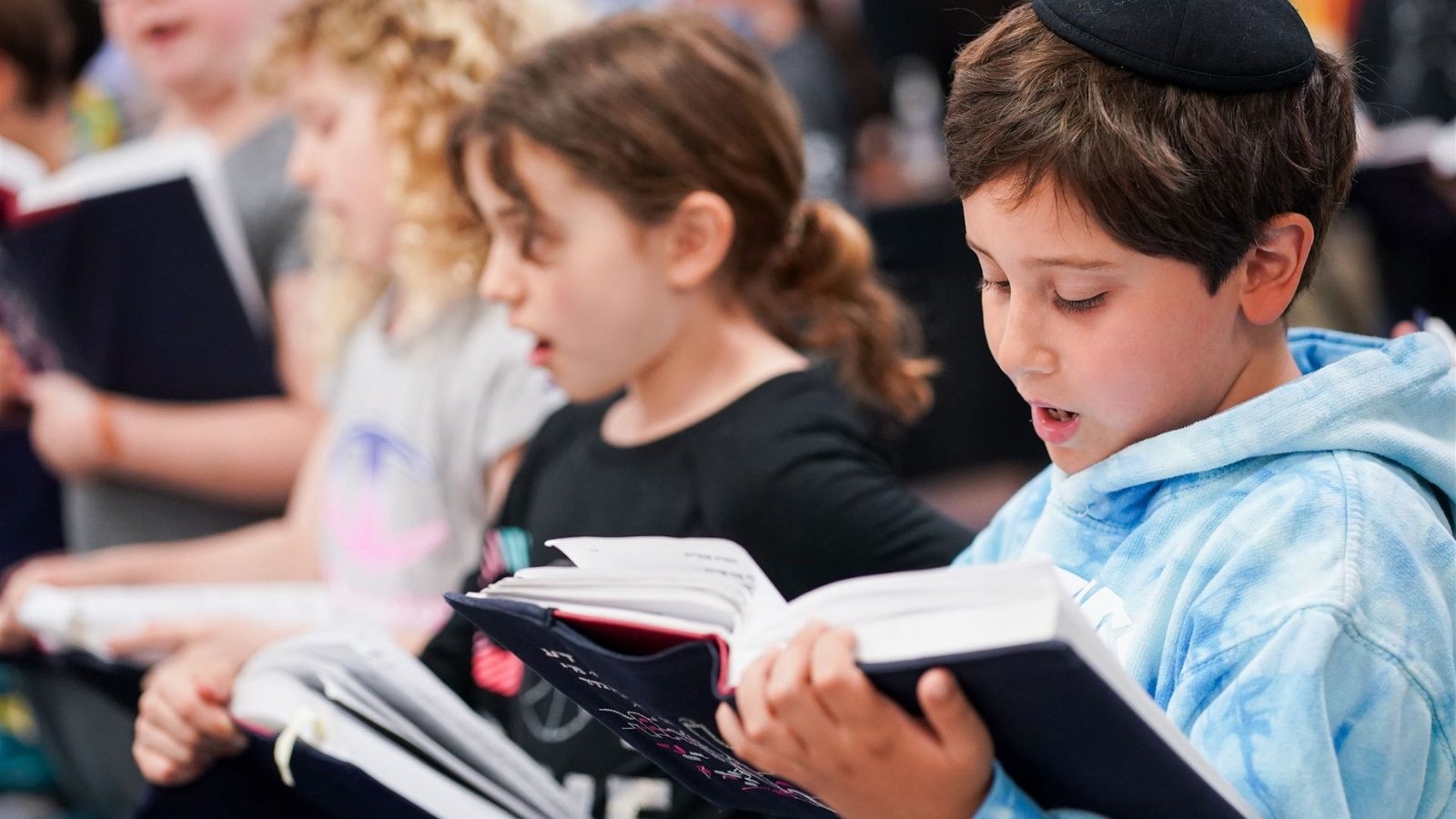In an increasingly digital world, Jewish tech in tradition exemplifies how modern technology can harmonize with longstanding religious practices and cultural heritage. Technology, often seen as a force of change, is being harnessed to enhance and preserve traditional Jewish customs and rituals. This article delves into how Jewish tech in tradition is transforming various aspects of Jewish life, bridging the gap between age-old practices and contemporary innovations.
Integrating Technology with Traditional Practices
Enhancing Ritual Observance
Jewish tech in tradition plays a significant role in enhancing the observance of traditional rituals. Technology has introduced a range of tools that help individuals adhere to religious practices with greater ease and precision. For example, apps designed for tracking Jewish holidays, prayer times, and kosher dietary laws provide real-time information and reminders.
Apps like Jewish Calendar and KosherQuest offer users detailed insights into holiday dates, prayer schedules, and kosher food options. These tools ensure that individuals can observe traditions accurately, even in a fast-paced, modern world where time and accessibility are often constraints.

Facilitating Virtual Participation
Another way Jewish tech in tradition is making an impact is through virtual participation in religious services and communal events. With the advent of live-streaming and video conferencing technologies, individuals can now partake in synagogue services, study sessions, and community gatherings from anywhere in the world.
Platforms such as Zoom and YouTube are used by synagogues to broadcast services and Torah classes, allowing people who cannot attend in person to stay connected and engaged. This technological advancement helps maintain the continuity of communal practices and ensures that geographical barriers do not impede participation in traditional observances.
Digital Tools for Traditional Learning
Interactive Torah Study Platforms
Jewish tech in tradition also extends to the realm of education, where digital tools are revolutionizing Torah study. Interactive platforms and apps offer access to a vast array of Jewish texts and educational materials, providing new ways to engage with traditional teachings.
For instance, Sefaria is a digital library that offers a comprehensive collection of Jewish texts with interactive features for study and analysis. This platform allows users to explore Torah, Talmud, and commentaries, enhancing their learning experience with tools such as text comparison and translation options. Such innovations make traditional Jewish scholarship more accessible and engaging.
Online Learning Communities
The rise of online learning communities is another example of how Jewish tech in tradition is reshaping educational experiences. Virtual classrooms and discussion forums enable learners to connect with teachers and peers, participate in interactive sessions, and collaborate on study projects.
Organizations like the Jewish Learning Institute offer online courses and webinars on various aspects of Jewish law, history, and philosophy. These digital learning environments facilitate in-depth exploration of traditional topics, allowing for a dynamic exchange of ideas and perspectives.
Preserving and Sharing Tradition Through Technology
Digital Archives and Museums
Preservation of Jewish heritage is another crucial aspect of Jewish tech in tradition. Digital archives and virtual museums are emerging as powerful tools for safeguarding and sharing cultural artifacts and historical records.
The Jewish Virtual Library and various online museum projects provide access to a wealth of historical documents, photographs, and artifacts. These digital resources enable individuals to explore Jewish history and culture from different eras and regions, ensuring that valuable traditions and stories are preserved for future generations.
Innovative Ritual Tools
Technology is also enhancing the practice of traditional rituals through innovative tools. From digital Siddurim (prayer books) to interactive Haggadahs for Passover, technology provides resources that support the practice of Jewish rituals in new and engaging ways.
For example, apps like iSiddur offer users a digital version of the traditional prayer book, complete with features for customizing prayers and tracking liturgical changes. These tools offer convenience and accessibility, making it easier for individuals to incorporate ritual practices into their daily lives.
Conclusion
In conclusion, Jewish tech in tradition exemplifies the successful integration of modern technology with age-old religious practices. By enhancing ritual observance, facilitating virtual participation, and providing innovative educational and preservation tools, technology enriches and supports traditional Jewish life. Embracing Jewish tech in tradition allows communities to maintain their cultural heritage while adapting to contemporary needs, ensuring that traditional practices continue to thrive in the digital age.




